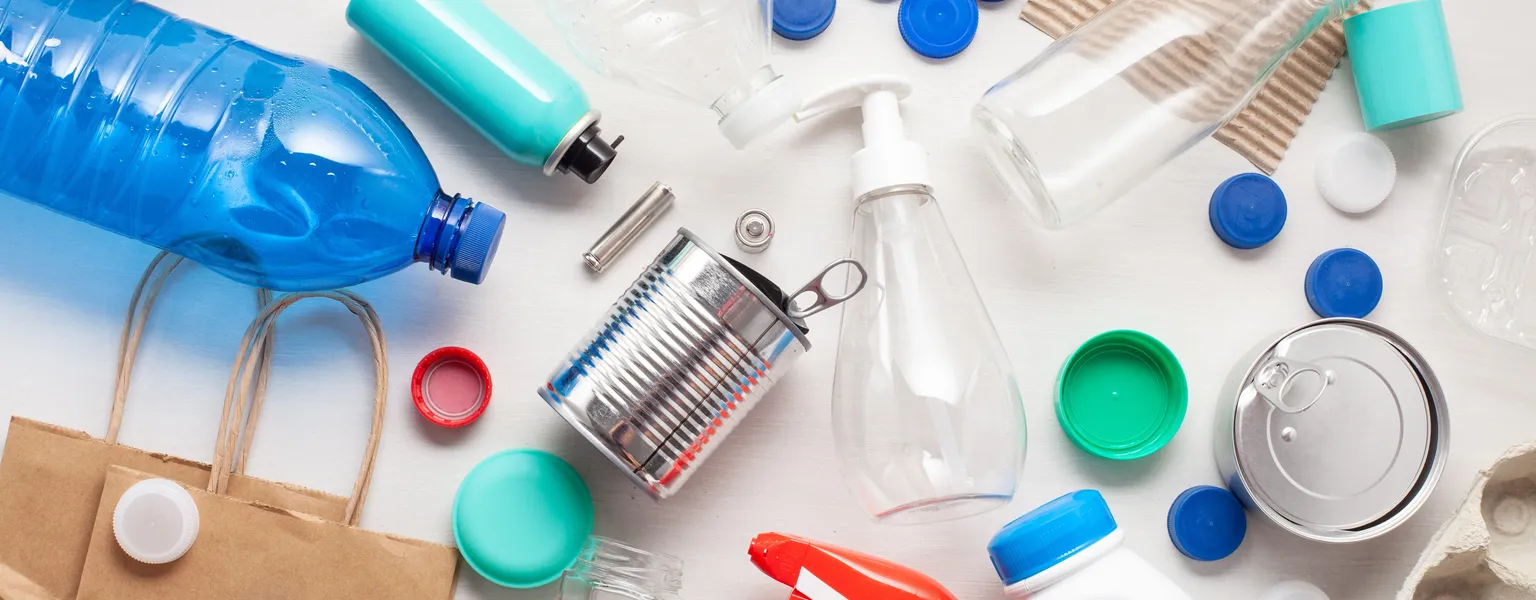What this summer taught us about the future of packaging

Sustainability
This summer has been pivotal for the global packaging industry, marked by significant innovations, regulatory changes, and a growing emphasis on sustainability. As we move into the latter half of the year, several developments have set the stage for what could be a transformative period for packaging worldwide. Here’s a closer look at some of the most impactful news stories from around the globe.
Europe takes the lead in tackling plastic waste
In Europe, the packaging industry is facing increased scrutiny and regulation aimed at reducing plastic waste. The European Union’s Single-Use Plastics Directive, which targets items like cutlery, straws, and food containers, came into full effect this summer. This has prompted a wave of new packaging solutions from brands and manufacturers, with a marked shift toward compostable and biodegradable materials.
In France, major retailers like Carrefour have introduced new lines of eco-friendly packaging, phasing out single-use plastic in favour of paper-based alternatives and reusable containers. Meanwhile, Germany's Green Dot programme has intensified its focus on extended producer responsibility (EPR), holding companies more accountable for the end-of-life management of their packaging materials. These regulatory actions are not just driving innovation; they are redefining what sustainable packaging means for brands across Europe.
The rise of refillable packaging in North America
In North America, the refillable packaging trend is gaining significant traction. This summer, major brands like Unilever and L’Oréal have expanded their refillable packaging initiatives in response to growing consumer demand for waste reduction. Walmart Canada announced a partnership with Loop, a circular shopping platform, to introduce refillable packaging options for everyday products. This initiative could signal a shift towards mainstream acceptance of refillables as a viable alternative to single-use packaging.
The North American market is also seeing increased investment in "smart packaging" technologies that provide real-time information on product freshness and sustainability credentials. Such innovations not only meet the rising demand for transparency but also enhance the overall consumer experience, a crucial factor as brands compete for loyalty in an increasingly conscious marketplace.
Asia’s packaging revolution: Innovation meets tradition
Asia has been a hub of packaging innovation this summer, blending tradition with cutting-edge technology. In Japan, packaging giants like Dai Nippon Printing are developing new bioplastics made from renewable plant materials, aiming to replace petroleum-based plastics. Meanwhile, South Korea has announced its own ambitious targets to reduce plastic waste by 50% by 2030, sparking a surge in innovation in the packaging sector, particularly in the realm of recycled and plant-based materials.
China, too, is making waves, with new regulations that ban certain types of plastic packaging in e-commerce and food delivery. This has spurred rapid development of new packaging solutions that are compostable and biodegradable, particularly for the burgeoning food delivery sector, which has seen exponential growth since the pandemic.
Latin America: Local solutions for global challenges
Latin America is often overlooked in global packaging discussions, but this summer, the region has emerged as a hotbed of innovation. Brazil has launched a new national recycling programme focused on improving collection and sorting infrastructure, which has historically been a barrier to sustainable packaging efforts. Meanwhile, companies like Ecofuturo in Mexico are developing locally sourced, sustainable packaging materials, such as corn-based plastics and recycled paper products, tailored to meet the unique environmental challenges of the region.
These local solutions are not just environmentally beneficial but are also creating economic opportunities in rural communities, helping to build more resilient, sustainable supply chains.
The push for compostable packaging gains momentum
Globally, the demand for compostable packaging has surged this summer. With consumers becoming increasingly aware of the environmental impact of traditional packaging, there is a growing appetite for alternatives that can be easily composted at home or through municipal programmes. In response, companies worldwide are investing heavily in developing new materials that meet both functional requirements and environmental standards.
However, the rise of compostable packaging also presents challenges, particularly regarding consumer education and composting infrastructure. Many regions lack the facilities needed to process compostable packaging, raising questions about its real-world impact and effectiveness. As a result, industry players are calling for greater collaboration between governments, waste management companies, and packaging manufacturers to create the necessary infrastructure and guidelines to support this promising solution.
Packaging meets digital transformation: The role of AI and Blockchain
Digital transformation in the packaging sector has taken a giant leap forward this summer, with AI and blockchain technologies becoming more prominent. Companies like Tetra Pak are using AI to optimise packaging designs, reduce waste, and enhance the recyclability of their products. Meanwhile, blockchain is being increasingly used to improve supply chain transparency, allowing consumers to trace the journey of packaging materials from source to store.
This technology-driven approach not only builds trust with consumers but also opens up new avenues for innovation, efficiency, and sustainability across the entire packaging lifecycle.
Looking ahead: A new era for packaging
This summer’s developments underscore a global packaging industry in transition, driven by regulatory changes, technological advancements, and a growing commitment to sustainability. As we look ahead, these trends are set to shape the future of packaging, presenting both challenges and opportunities for brands, manufacturers, and consumers alike.
As the world moves towards more sustainable practices, the packaging industry will continue to evolve—adopting new materials, embracing innovative designs, and rethinking traditional approaches to meet the demands of a changing world.
Related News
-
Sustainability
Patagonia commits to forest-friendly, tree-free packaging solutions
-
Sustainability
Controversy as Capri Sun seeks reintroduction of plastic straws
-
Sustainability
Kyiv joins global Refill movement to reduce plastic waste
-
Sustainability
Scotland considers 25p charge for single-use cups
-
Sustainability
Romania's deposit return system achieves major milestone




